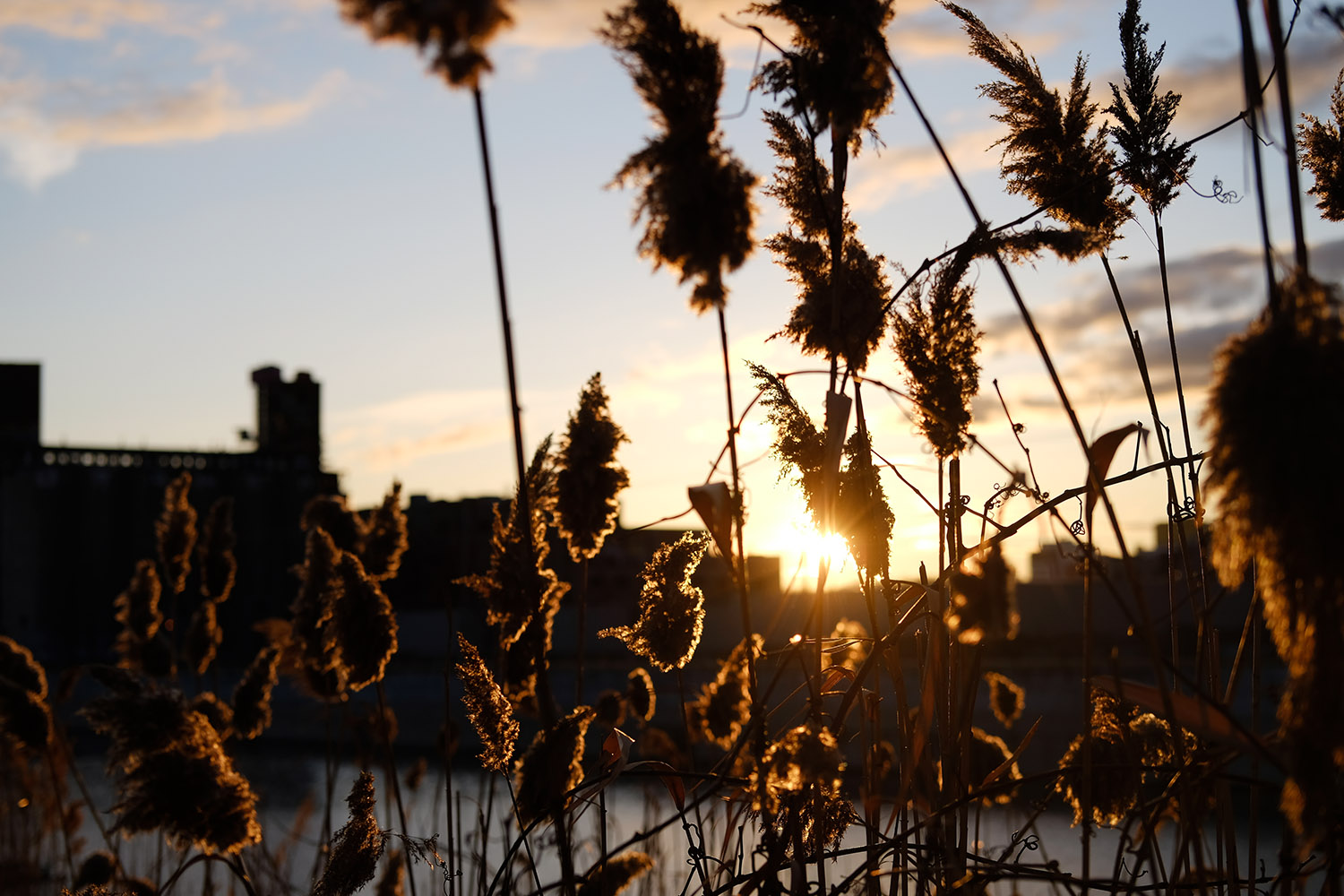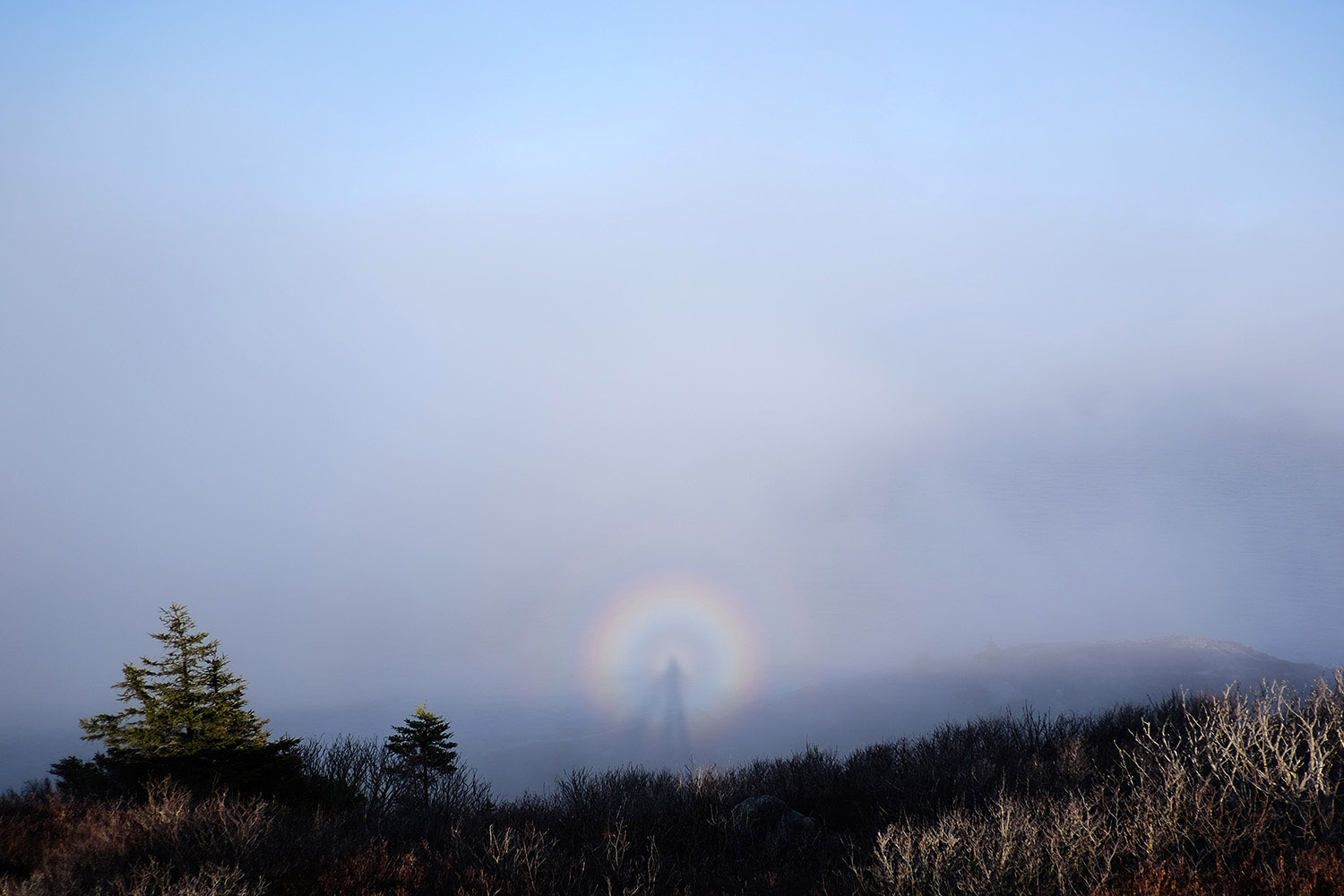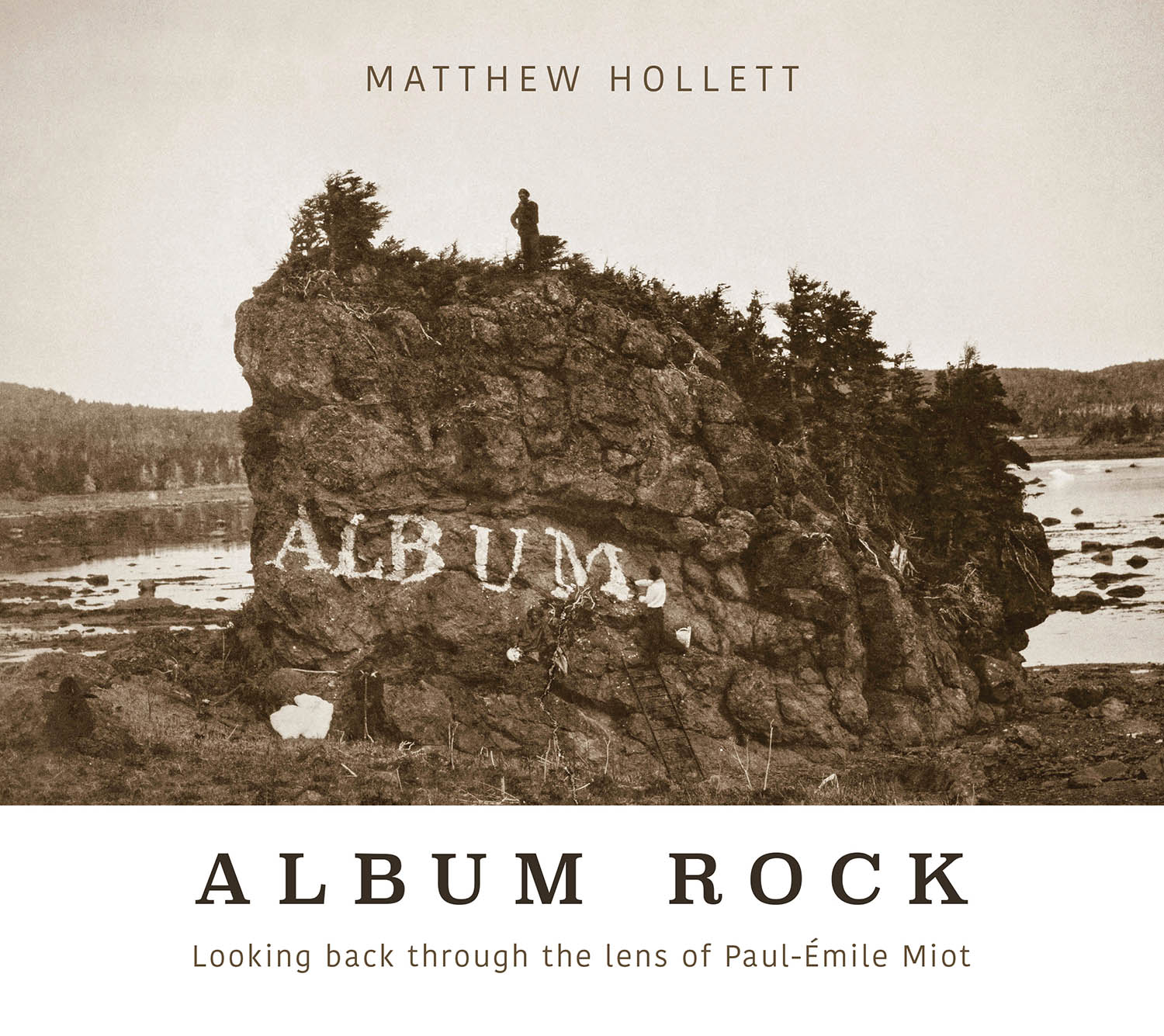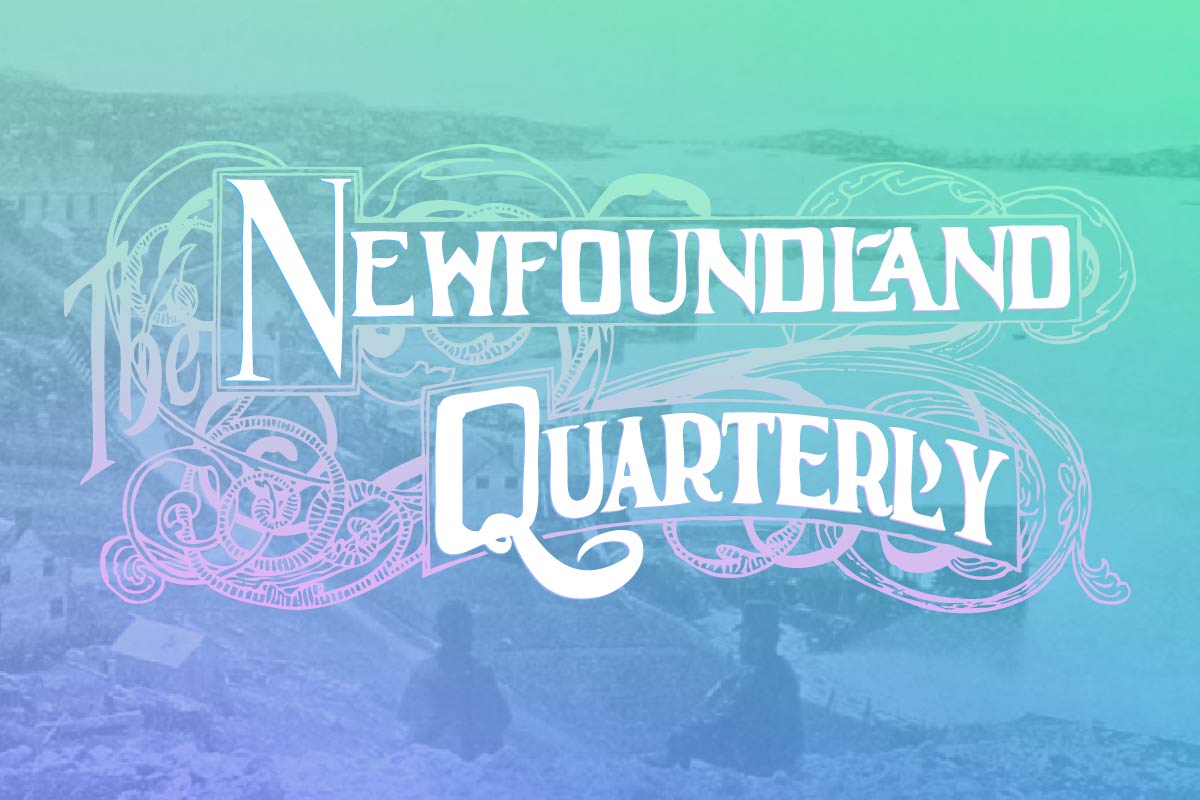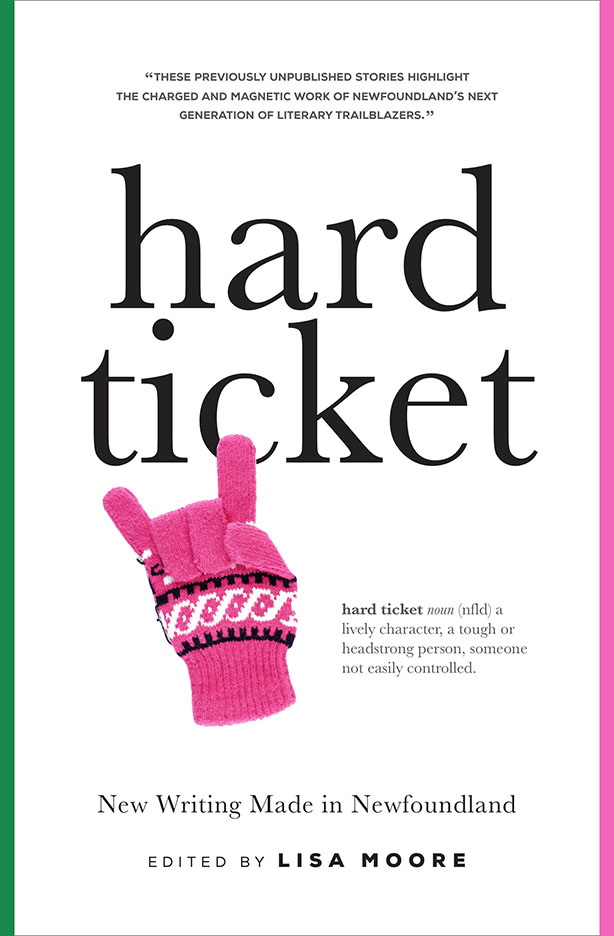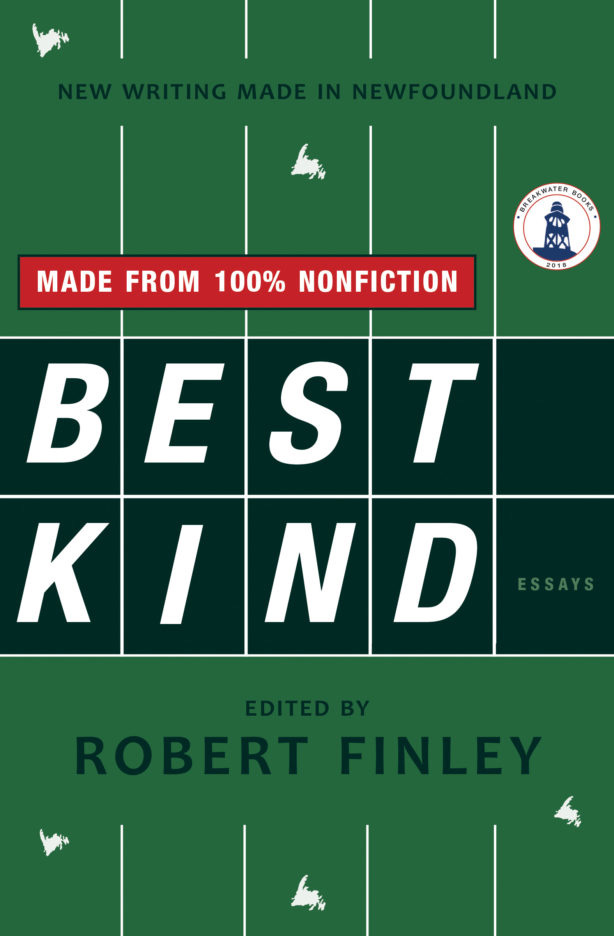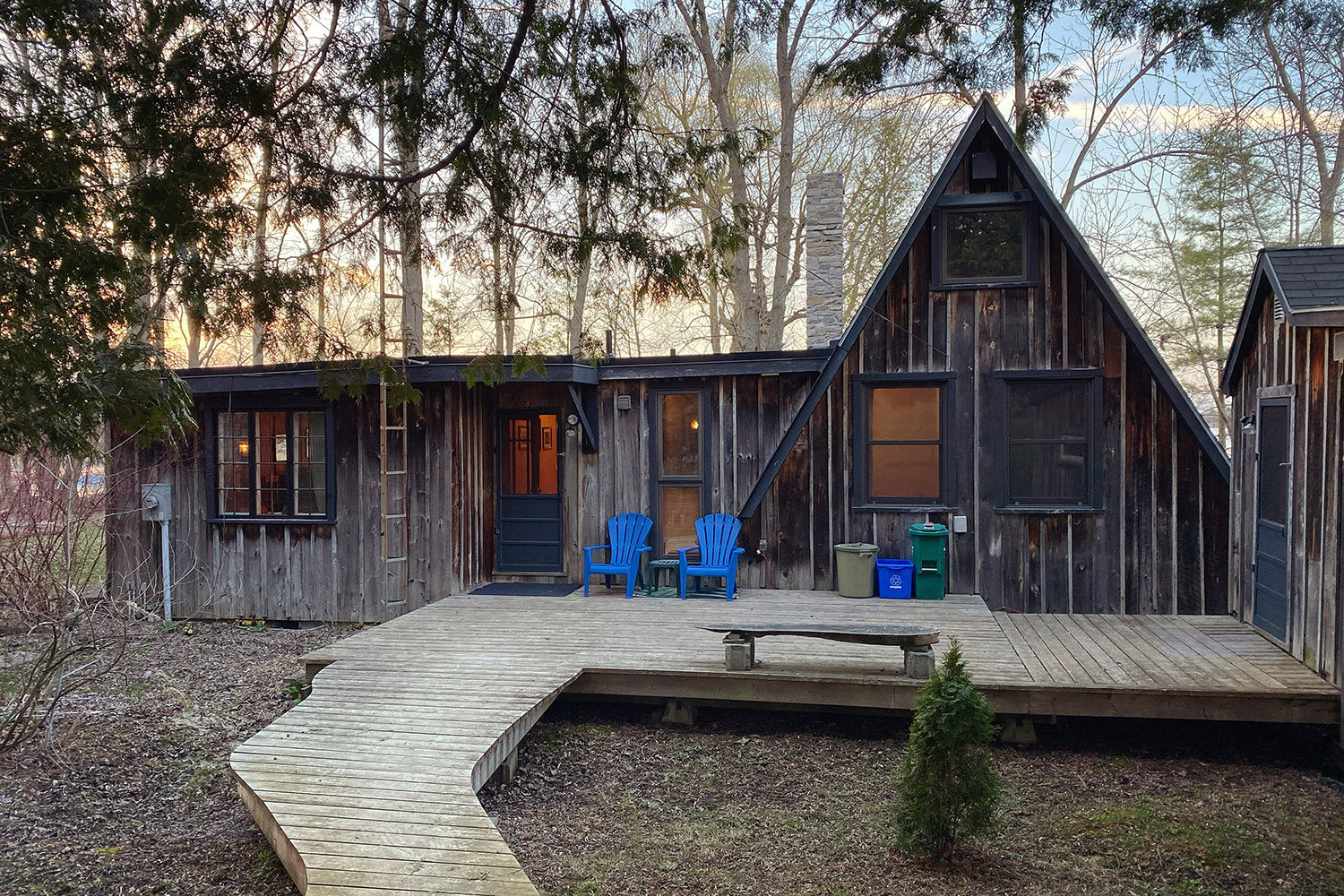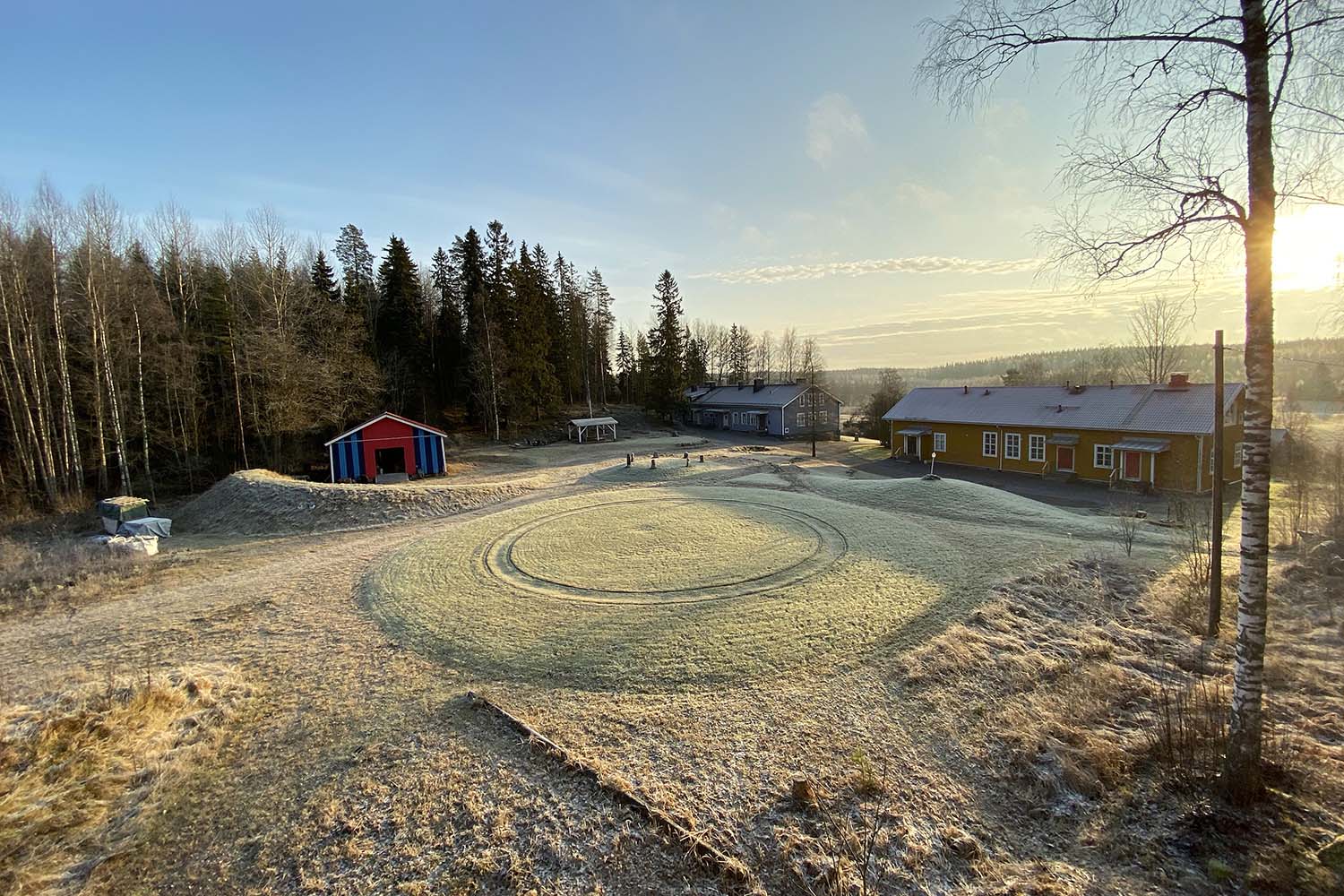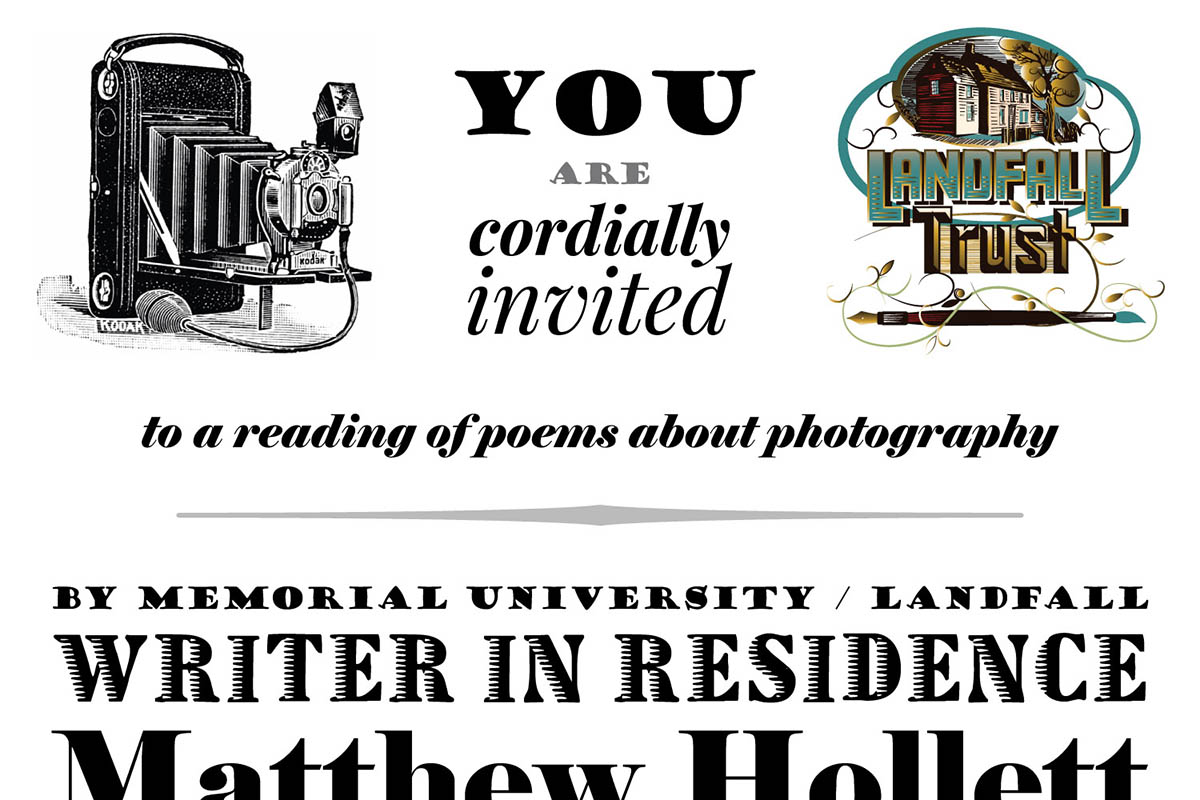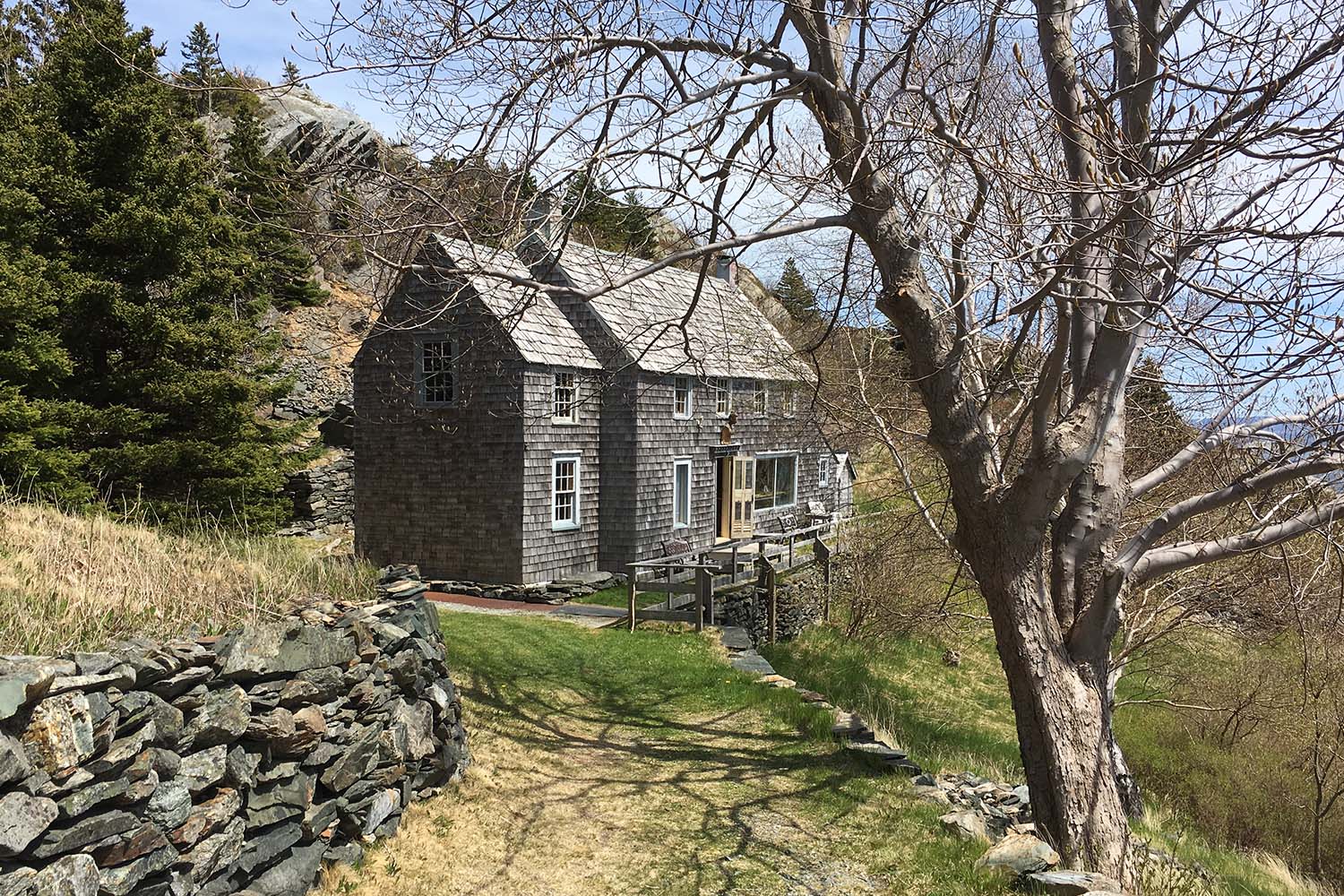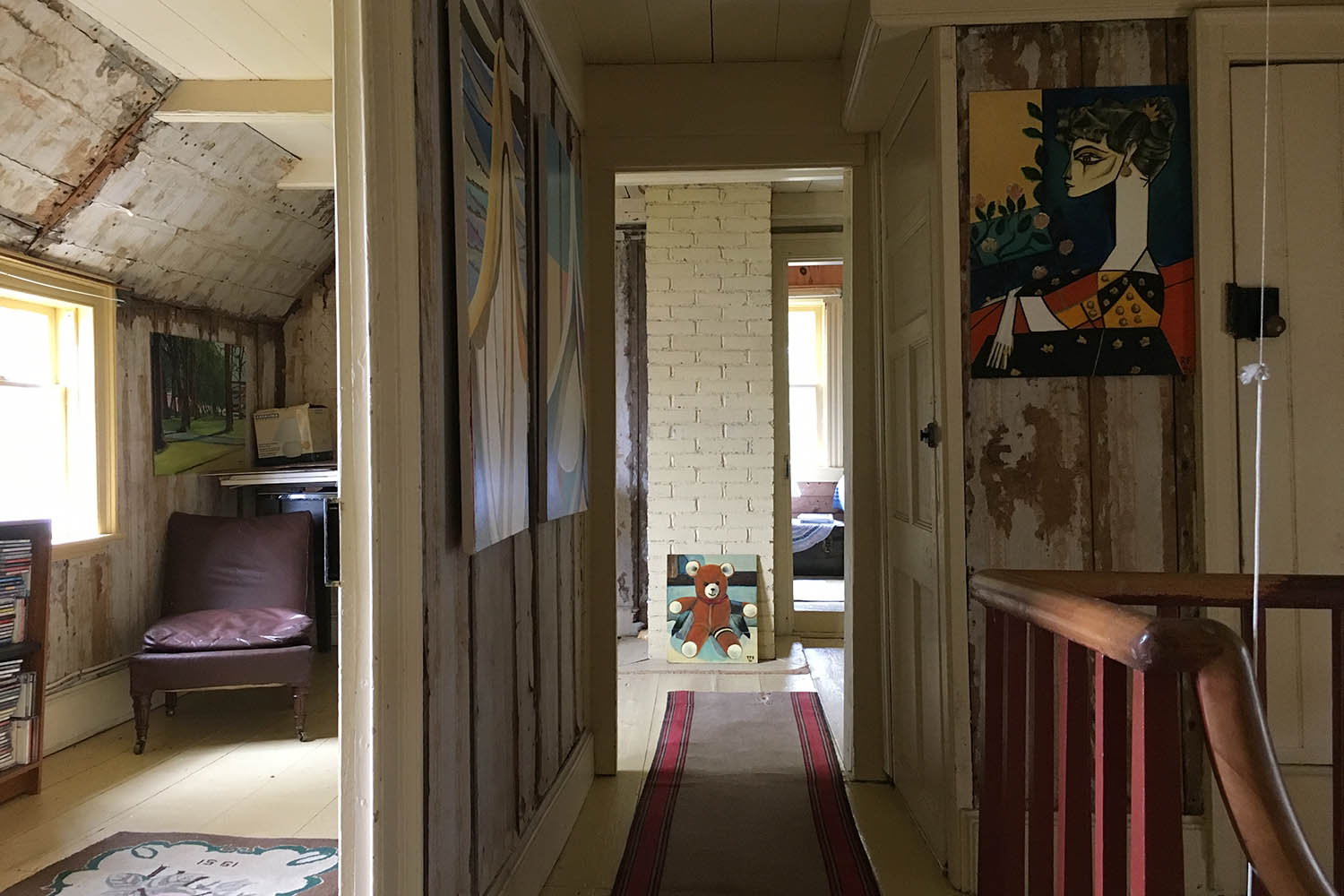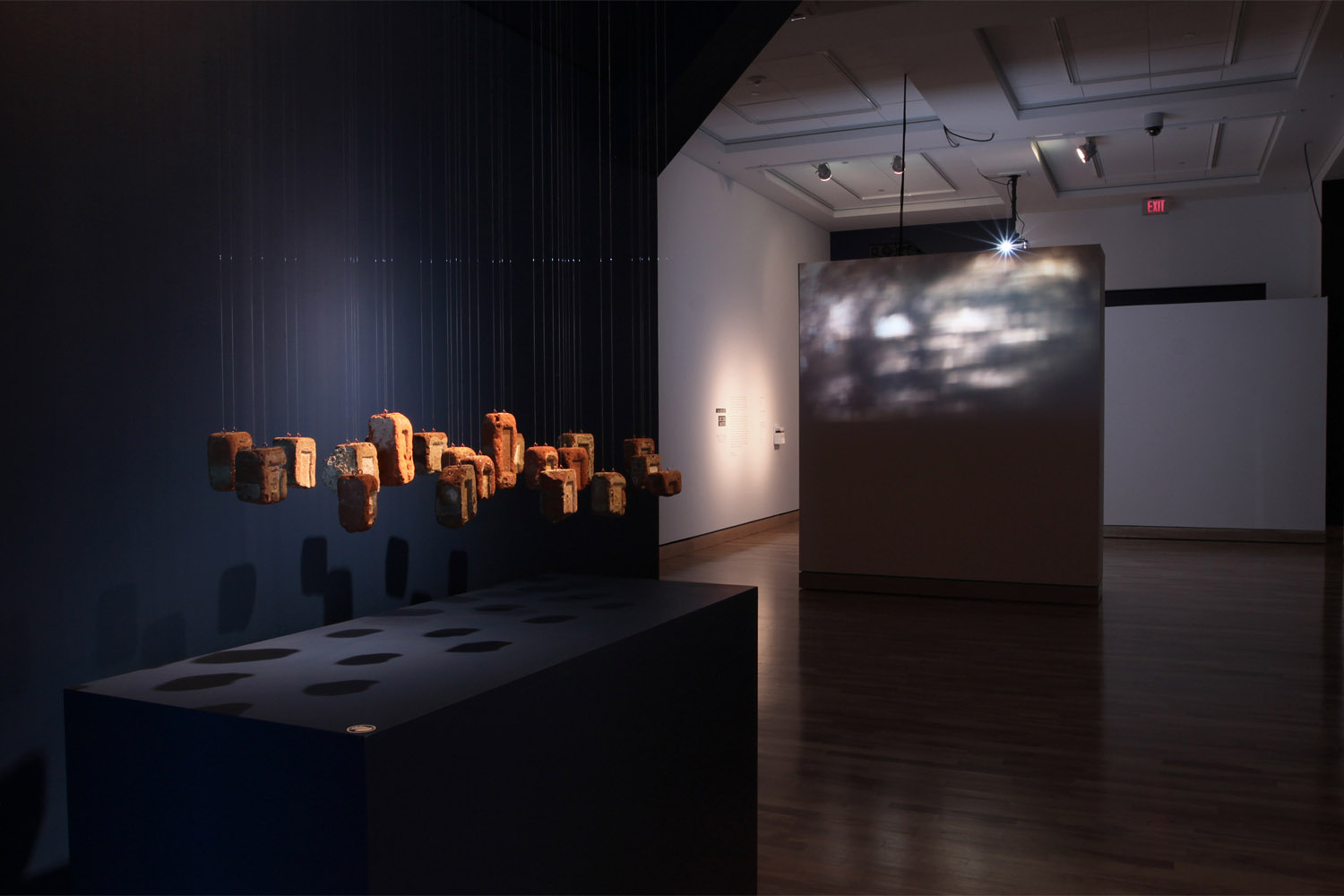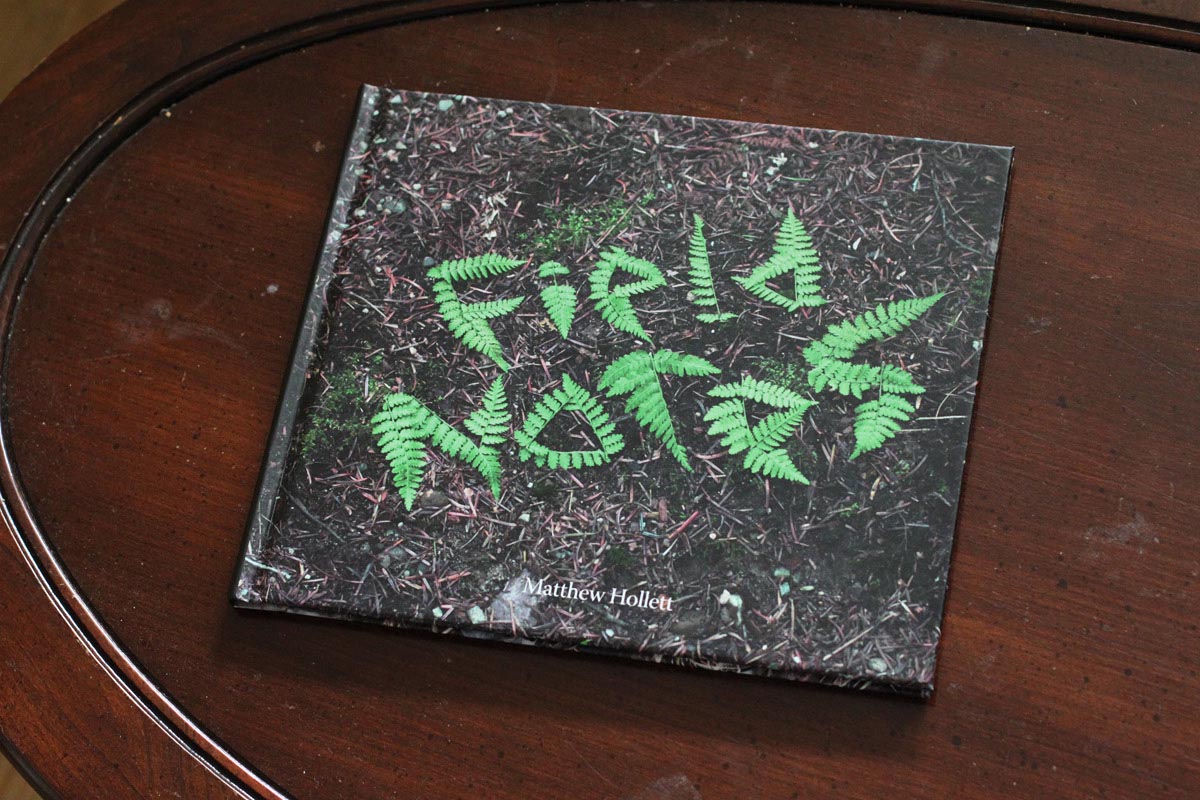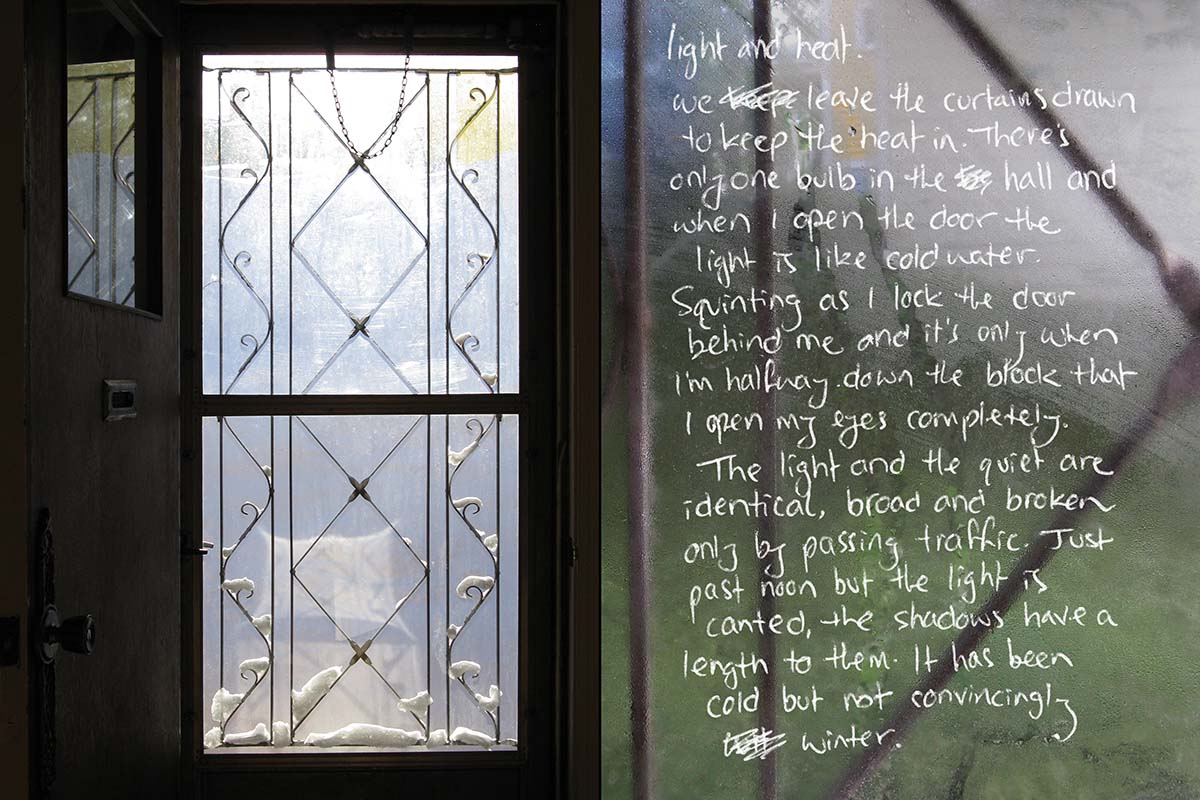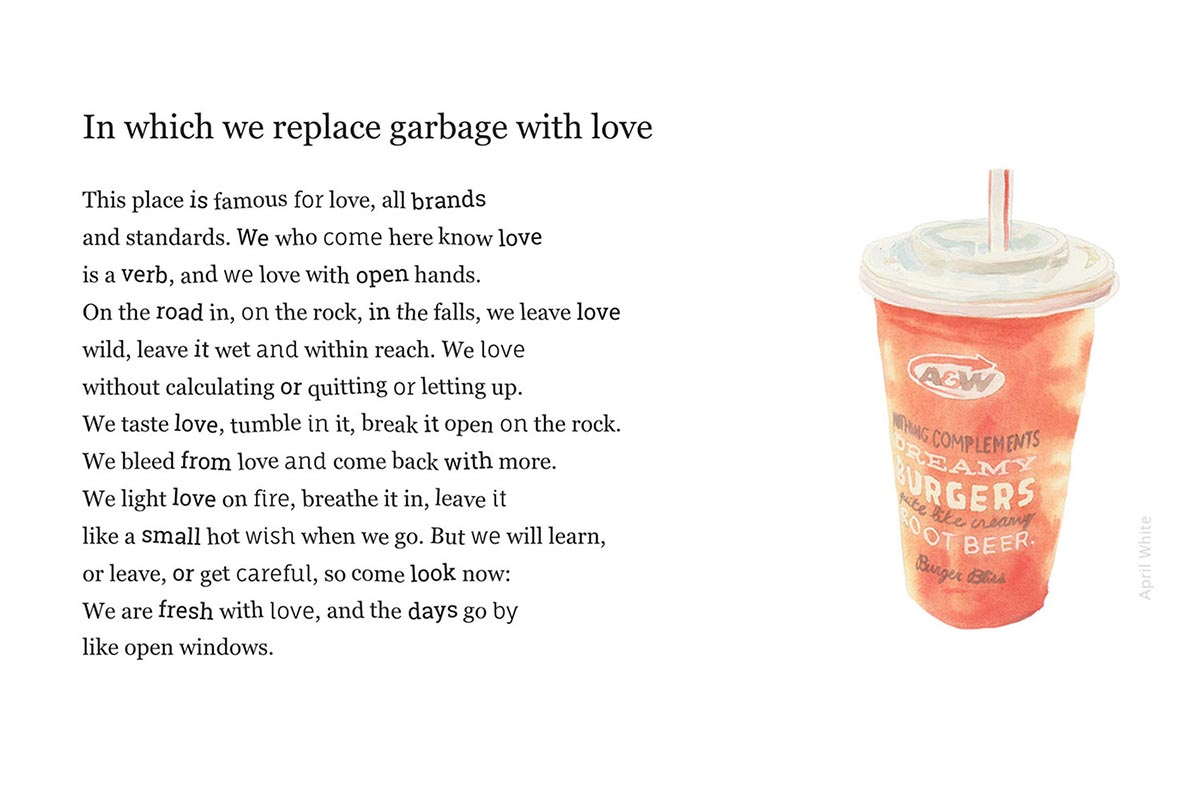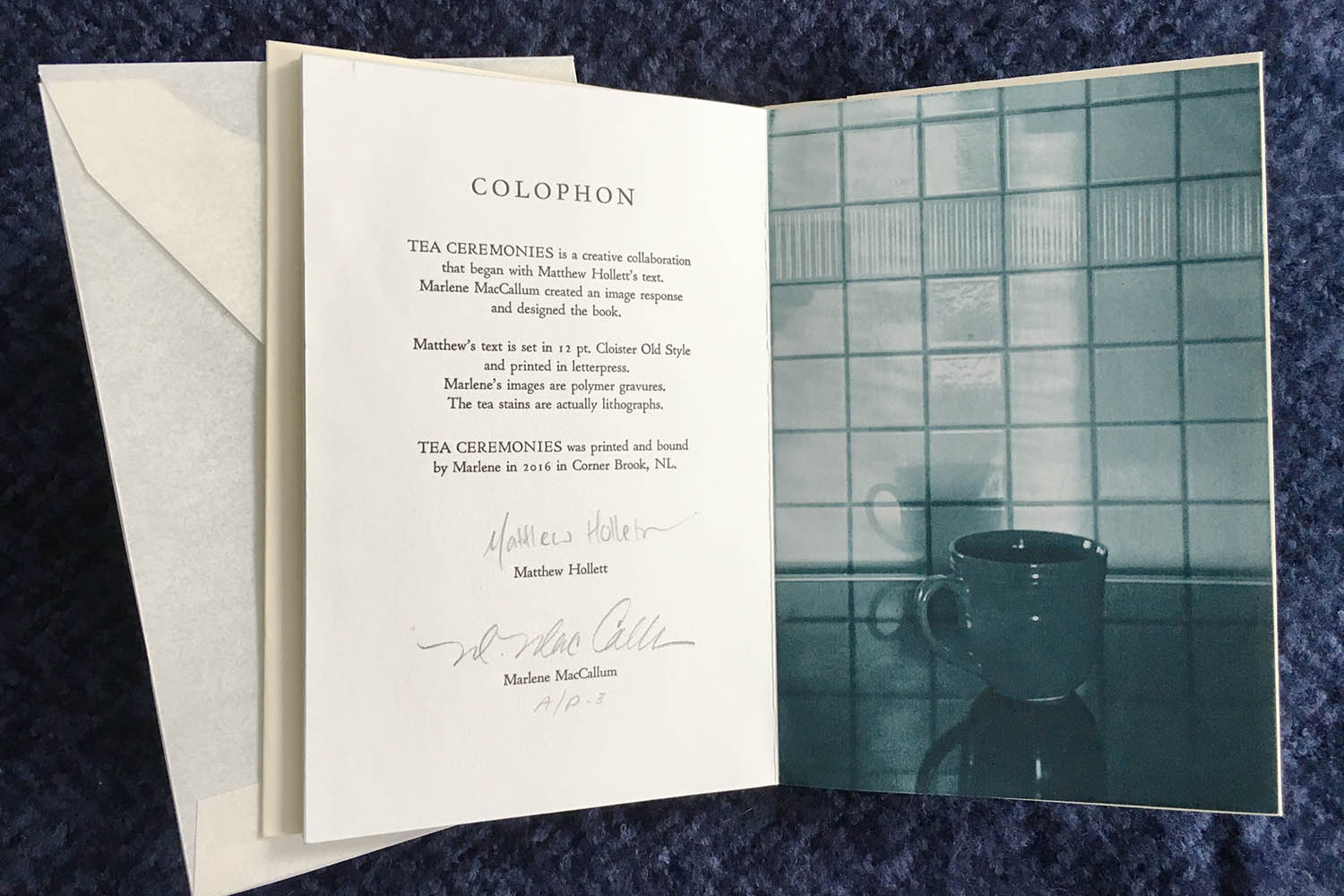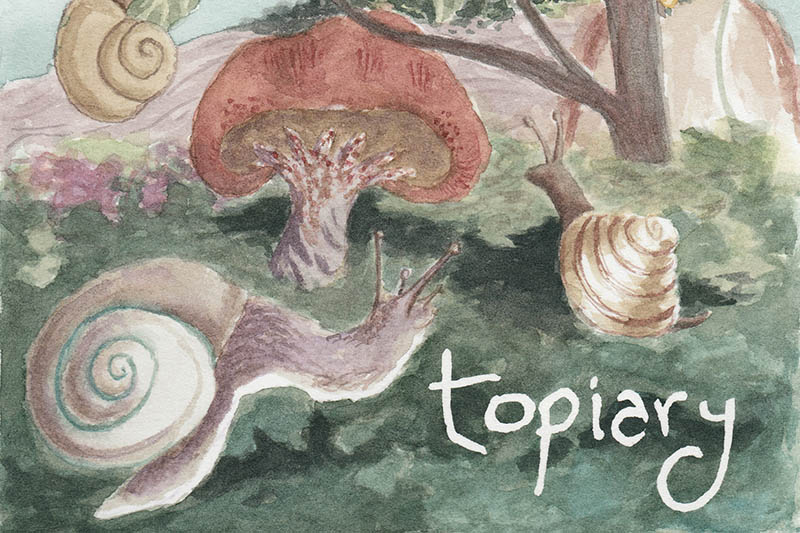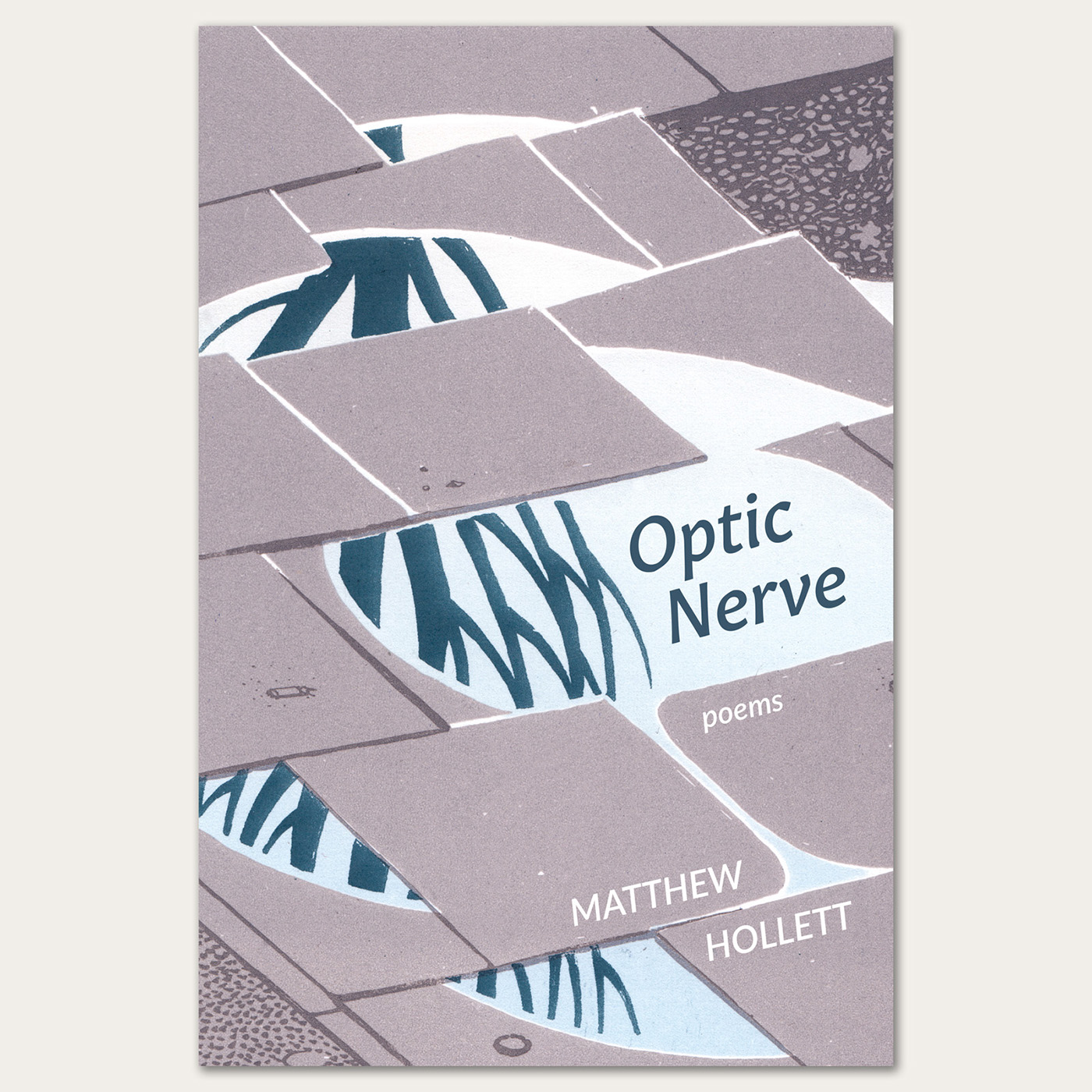
Optic Nerve
Optic Nerve, my first collection of poetry, was recently published by Brick Books!
The overlap between what we see and how we write, process, and feel occupies Newfoundland artist and author Matthew Hollett’s playful, smart new collection of poems […] Optic Nerve looks inside things as varied as eyeballs (naturally), quarks, street art, and potatoes, and in Hollett’s hands, each act of looking becomes a meditation, not silent and solemn but riotous and vibrant, with the excitement of catching a glimpse of beauty through a keyhole.

